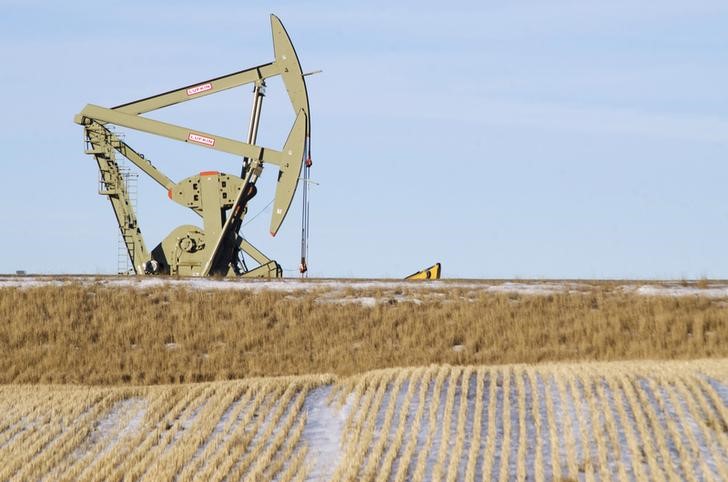Investing.com — Oil prices rose Thursday, helped by Saudi Arabia’s surprise production cut and signs of increased Asian demand, but concerns about the important western markets have limited gains.
By 09:10 ET (13:10 GMT), futures traded 0.3% higher at $72.73 a barrel, while the contract rose 0.3% to $77.14 a barrel.
Saudi Arabia’s decision, announced Sunday, to cut its crude output by 1 million barrels per day in July on top of a broader OPEC+ deal to limit supply into 2024 has created a support base for the market.
Pickup in Asian demand
Additionally, there have been signs that demand is slowly picking up in Asia, with the latest data from the Petroleum Planning & Analysis Cell in India showing that petroleum products demand in the country increased 9% year-on-year in May 2023.
“Crude oil demand from Asia has been recovering over the last few months as the pace of interest rate hikes slows down and economic growth picks up,” said analysts at ING, in a note.
Fed meeting in focus
With the meeting of the top crude producers now out of the way, attention is now shifting towards the next move the to make in terms of interest rates when it meets next week.
A decision to pause its rate-hiking cycle would likely boost the crude market as it would imply less pressure on economic activity in the U.S., the largest consumer of crude in the world.
It would also hit the , meaning that commodities, like oil, which are denominated in the U.S. currency become less expensive for foreign buyers.
Economic slowdown in U.S., Europe
However, gains have been kept in check by worries of slowing business activity in both the U.S. and Europe.
Data released earlier Thursday showed that the fell into a technical recession in the first three months of 2023, after downward revisions of growth in both the first quarter and the final quarter of 2022.
The number of Americans filing for unemployment benefits jumped 28,000 to 261,000 last week, suggesting that the labor market was slowing amid mounting risks of a recession.
Additionally, a larger than expected rise in U.S. raised concern over demand, particularly as this increase in stocks occurred during the peak U.S. driving season.
Read the full article here


